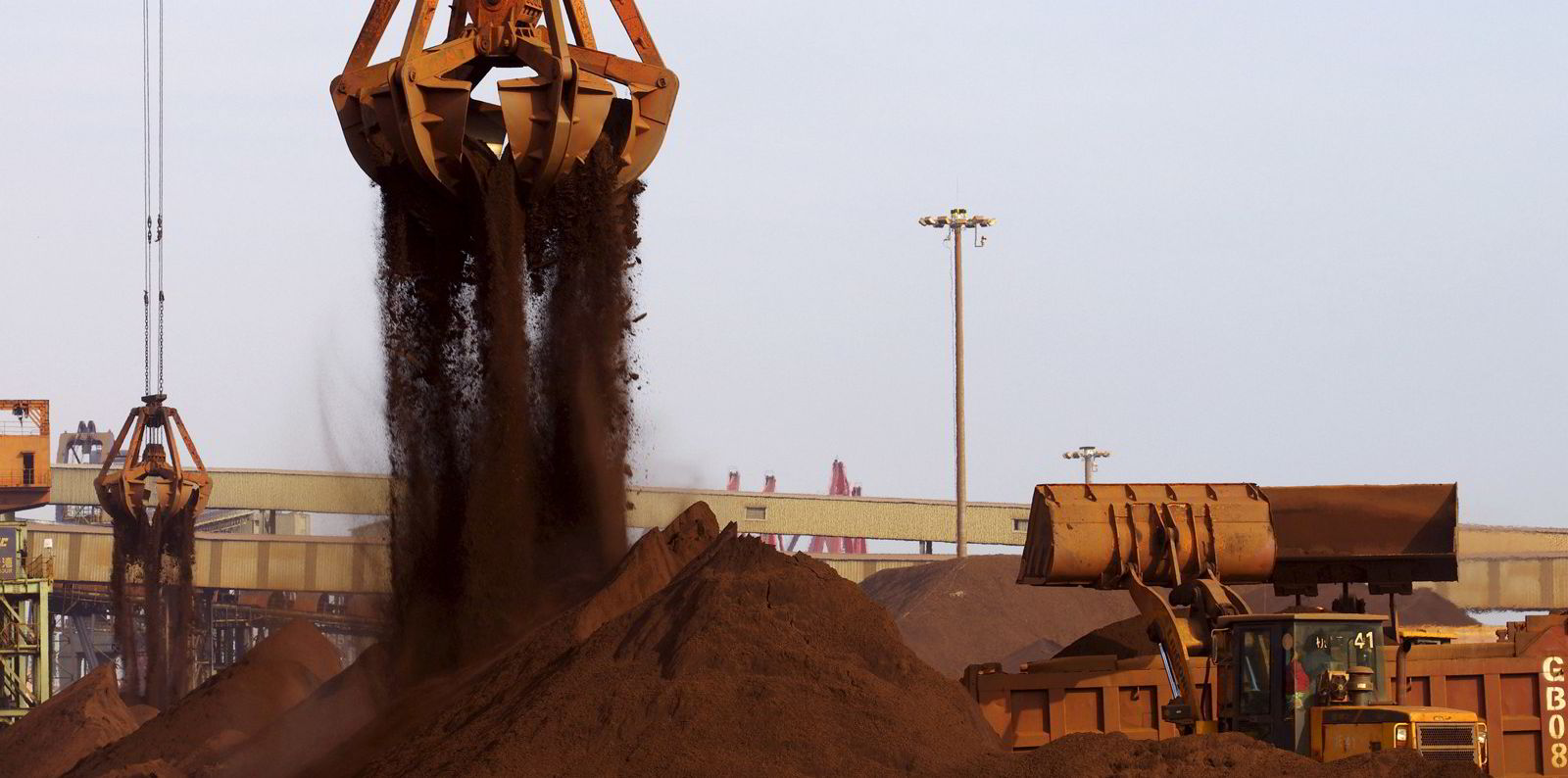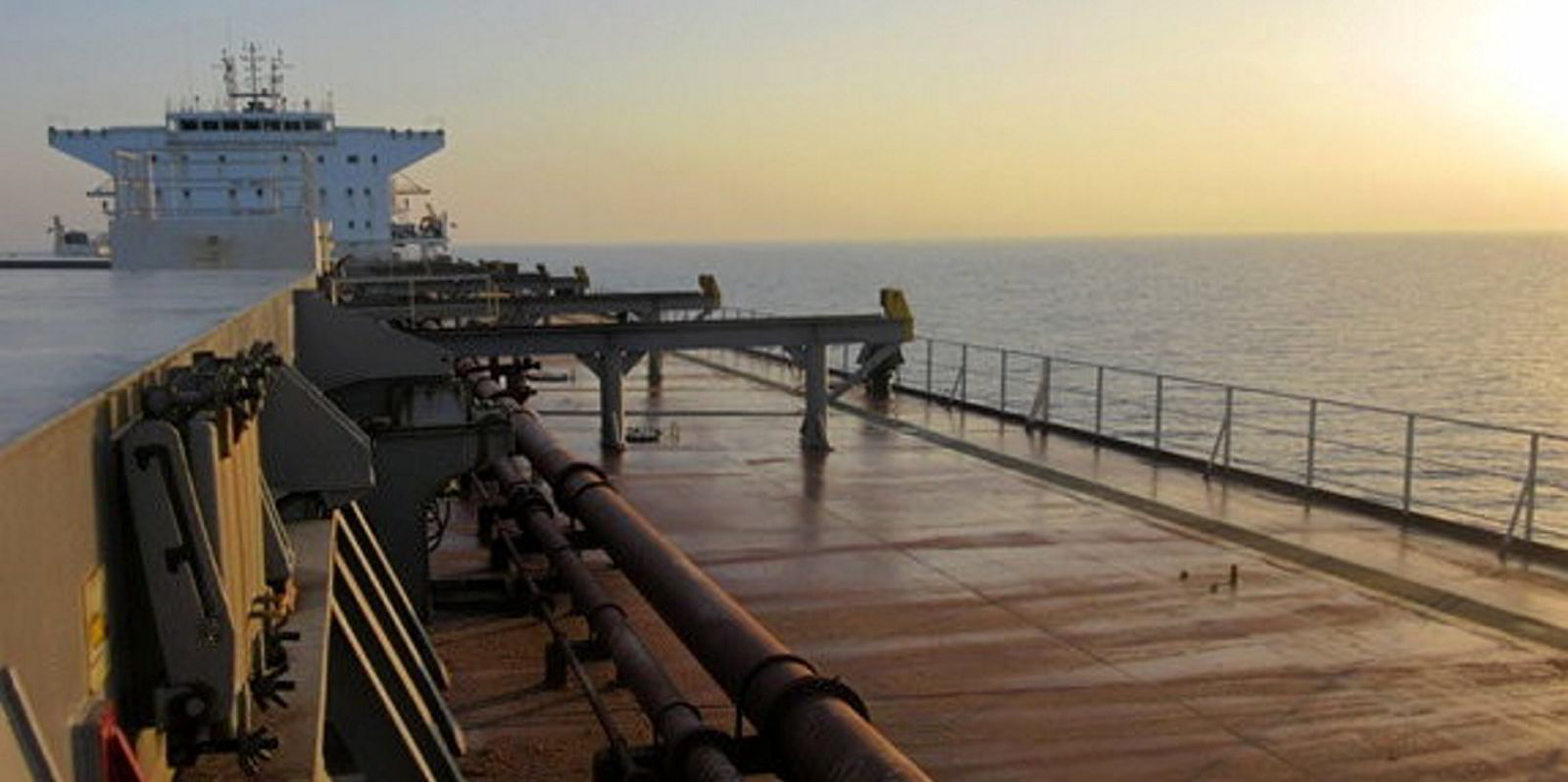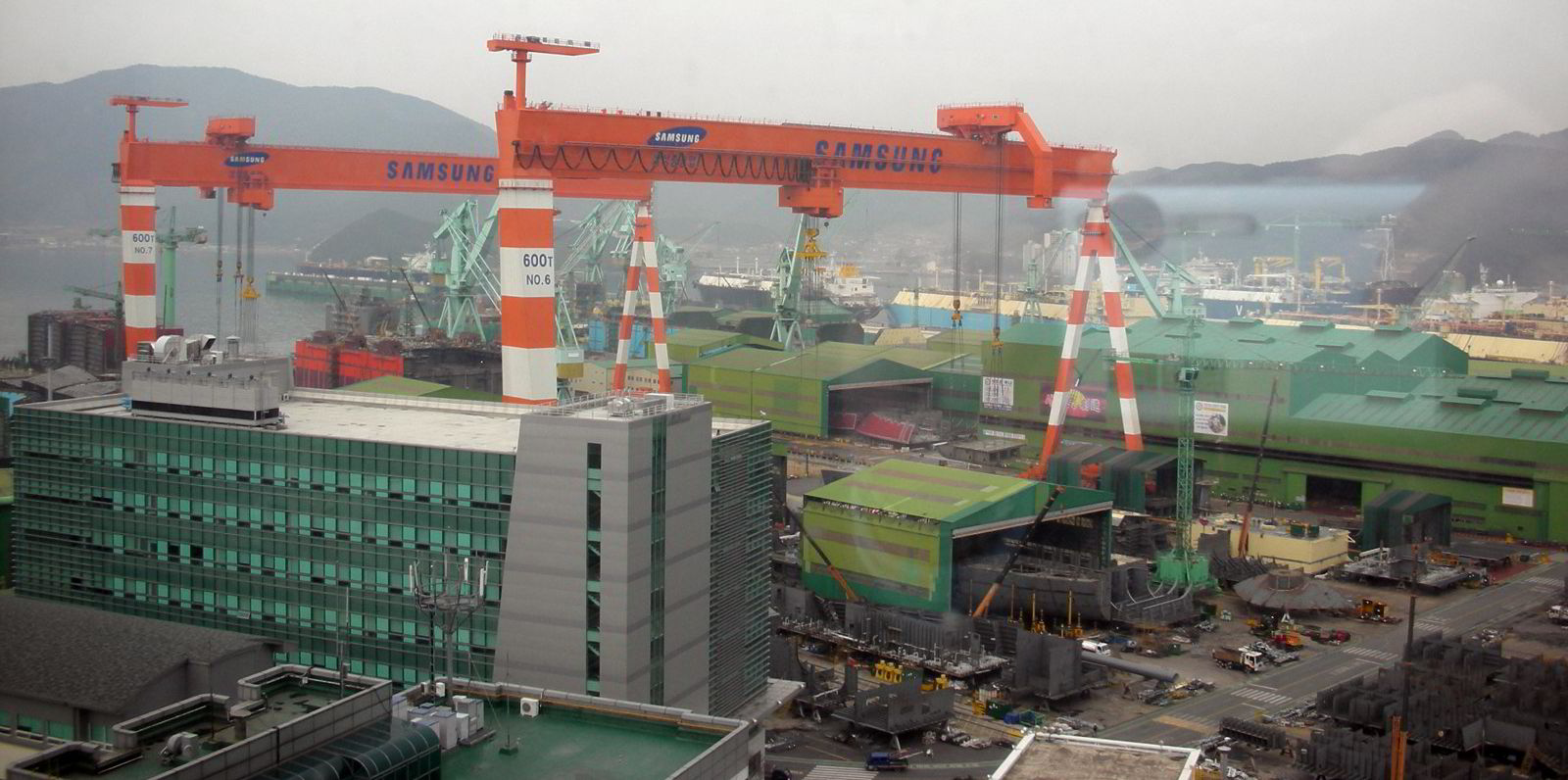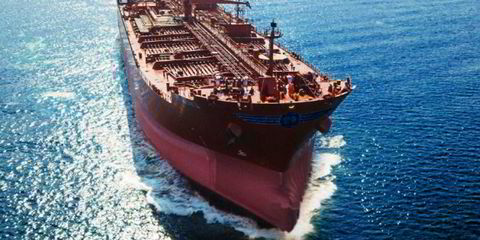When supply of capesize tonnage ran short in the Atlantic and Pacific basins last week, spot rates and freight derivatives shot for the moon — and have kept going.
Average capesize spot rates have advanced by 25% over the past week and forward freight agreements (FFAs) for October are trading about 32% higher than last Wednesday.
In the physical market, China has been topping up its iron ore and coal stockpiles ahead of a week-long public holiday in early October.
Vessel demand is coming up against tight supply of tonnage across both basins, emboldening shipowners to offer higher freight prices and setting the FFA market on fire.
But thoughts are now turning to if — and when — this extraordinary bull run in freight derivatives will come off.
"Cape front-end contracts have exploded to the upside, as the physical market is tighter than a crab's ass," said one FFA trader, who did not wish to be named.
"It could absolutely keep going, but when it pulls back it will be absolutely brutal."
The trader said the market could slow in the near future as people adjust their risk.
"Cal 22 [paper for the calendar year 2022] is looking cheap, but let's not forget that the Chinese property sector — 40% of steel demand — isn't looking so solid these days. We are heading into month-end, quarter-end and the Chinese are off next week. If there is any time to take a few chips off the table, it's now," the trader said.
TradeWinds spoke to a Dubai-based FFA trader who was also mindful of the backwardated market.
"During the time you spend discussing the Fe [iron] content of Chinese stockpiles, the market has gapped [up by] $4,000," he said of rabid buying activity in the market this week.
'Bodies left somewhere'
"There's no time to figure out why if you haven't already, but considering the market is pricing a 65% drop into Q1 [next year] there will be bodies left somewhere," he added.
Prompt contracts leapt up on Monday, kept going on Tuesday and growth continued apace on Wednesday.
Bids for October contracts were at $63,000 per day as of 12.30pm in London (11.30am GMT) on Wednesday, up by more than $2,540 on the day's opening price.
The contract has risen by about $12,400 or 24% since Friday's close, based on current bidding.
In contrast, paper for the calendar year 2022 has not moved much.
The contract settled $574 higher on Tuesday at $27,295 per day and bids during trading on Wednesday were slightly below this number.
Physical bounce
Wednesday was another good day for the physical market.
Baltic Exchange panellists added an extra $5,773 to the capesize 5TC assessment, the weighted average of spot rates on five key routes, which was assessed at $74,786 per day.
This is the assessment's highest level since December 2009, driven by consistent demand for iron ore and coal trips.
On Tuesday, Rio Tinto reportedly booked a capesize for an ore voyage to China from Dampier, Western Australia, at $21.80 per tonne, loading from 15 October.
A week earlier, the mining giant booked a vessel for the same voyage at $16.95 per tonne for loading dates commencing on 5 October.








